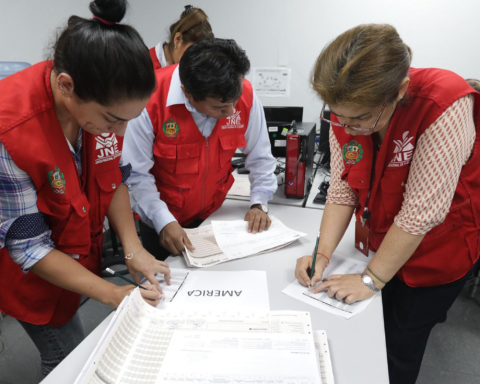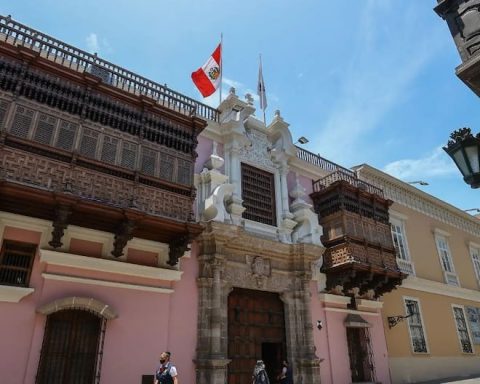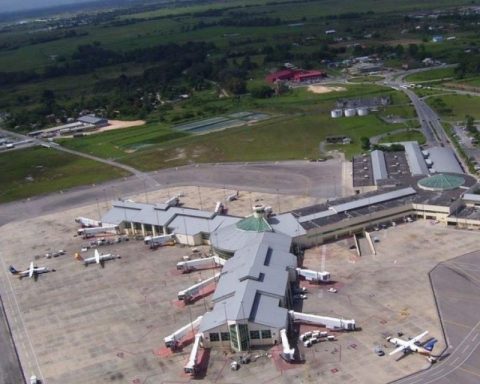By Rafael Cortez / Researcher at the Research Center of the Universidad del Pacífico (CIUP)
On World Day Mental Healthwe reflect on the mental health condition of Peruvians that is being visibly affected and that has economic consequences on families and society. Globally, no less than a third of the population will suffer from some mental health ailment throughout their lives, while spending on mental health is less compared to what is spent on physical health. According to the latest disease burden study (2023), mental disorders in Peru represent 32.4 years of healthy life lost (AVISA) due to disability and premature death per 1,000 inhabitants. Globally, it is estimated that 4% of gross domestic product is lost due to mental illness. On the other hand, mental disorders add costs to households for the purchase of medications and medical care, losses in the income flow of the affected people due to absenteeism and presenteeism (workers who attend their jobs when they should not and have low productivity). , and job abandonment. In addition, they represent a high cost in time and income for household members who must act as caregivers for close relatives, in addition to the emotional effects they have on family members. Mental health disorders also impact the formation of human capital (in learning and physical health) and, therefore, on work productivity and future income.
Mental health challenges are present throughout the life cycle, and each population group requires different responses from homes and the State. In our cities, insecurity and violence are constant stress factors that affect behaviors and emotions from an early age. Other mental health disorders that are triggered in adolescence require high-cost treatments in medication and specialized personal access, which is scarce. The deterioration of people’s mental health makes them a vulnerable group, which easily enters the cycle of poverty and exclusion. The stigma of mental disorders makes it difficult for them to enter the market and social life.
Mental health data in Peru are not favorable. The demand for mental health services continues to increase (1.9 million cases in 2023 and estimated at more than 2 million in 2024), especially for anxiety and depression disorders. The mental health of adolescents warns about future impacts on the learning process and work productivity. The demographic family health survey (ENDES 2023) indicates that 32.3% of the young population between 15 and 29 years old had some mental or emotional health problem in the last 12 months, compared to 29.4% of the total adult population over 30 years. The ENDES also shows that 23% of the young population felt discouraged, depressed, sad or hopeless and 5.6% thought about harming themselves.
What has been done to respond effectively to mental disorders in the population? In the last decade, the State made a significant change in its support for mental health. The allocated budget tripled from 2015 to 2023, reaching almost 600 million soles, rising from 1.4% to 2% of the total health budget. This investment led to the installation of community-focused services in more than 290 mental health centers, 50 sheltered home centers and 1,100 first-level care facilities, prioritizing preventive health care, treatment and psycho-social rehabilitation. However, we have 2.1 psychiatrists per 100,000 people, a figure well below the world average of 3.97, while in the US, Chile, Argentina, and the European Union they have 17.3, 15, 10.5, and 9 psychiatrists. per 100,000 people, respectively.
It is essential to continue allocating more resources to mental health, produce more specialists in this area and have a goal of increasing spending of at least 50% in the next five years with an emphasis on community mental health services and primary care. Results-based financing for providers would ensure that they are more efficient in the delivery of mental health services. Also, it is necessary to integrate the prevention and promotion of mental health, develop human resources for mental health care, and continue with social communication to the community. The focus of the agenda is undoubtedly the vulnerable group of adolescents and children who will become the center of our community and workforce in the near future.

















